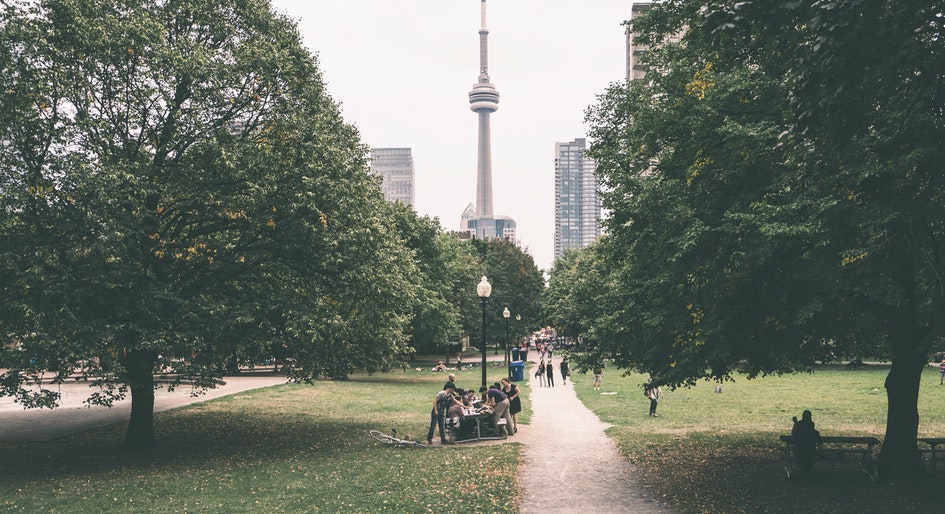The termination of Toronto’s Sidewalk Labs project is a missed opportunity to demonstrate how smart buildings and technologies can improve life in an urban environment. Yet, it also underscores a common problem that many smart cities are facing.
The idea of smart cities fires up the imagination with many possibilities. A recent study by the Economist indicated that citizens prioritize smart cities for public services that are more efficient, reliable and affordable. They also want a greener environment with more renewable energy options, cleaner air and water, waste recovery and less traffic congestion.
The reality is that building a smart city that delivers all this is hard because there are so many players involved. These include the city’s population, its political leaders, municipal planning, operations and finance, not to mention a phalanx of stakeholders who are engaged in a municipality’s physical critical infrastructure.
Not surprisingly, many smart city visions and projects turn out being overly ambitious. Decision-makers often underestimate the challenges of achieving consensus among all stakeholders, and coordinating a centrally managed, integrated smart city plan. As agencies and departments compete for limited resources, technology providers are discovering that it is a long, hard road to build a smart city from the top down.
That said, as we enter into a new normal, organizations, and the buildings they occupy, will rely increasingly on smart technologies. This suggests a possibility that smart cities might eventually emerge built from the bottom up — one building, or organization, or piece of infrastructure at a time.
This organic bottom-up approach using today’s open protocols avoids many institutional problems of trying to centrally coordinate and execute a very complex plan citywide. But how do you build a smart city from individual smart buildings, organizations and infrastructure elements? The Hidden Life of Trees by Peter Wohlleben offers a model to consider, whereby a smart city would bio-mimic a forest.
Mycorrhizal networks for urban systems
Recent forestry studies have revealed that the individual trees in a forest constitute a community of trees that is physically linked beneath the forest floor by a labyrinth of fungal connections, which live on and hook up the individual root systems to one another. This communications labyrinth is called the mycorrhizal network.
Through the mycorrhizal network, individual trees reach out to members of their community to collaborate as part of a massively complex and completely decentralized system. Each tree contributes to the exchange of information such as warning signals that pests are present, and to share resources — including nutrition to support young saplings and hormones to combat pest attacks.
Similar to a forest, a city is a massive and complex system. By embedding artificial learning and control systems into urban systems using open source protocols — one building or organization or piece of infrastructure at a time — cities can evolve and grow their smart city connections, similar to a mycorrhizal network.
Power grids can self-optimize to reduce greenhouse gas emissions while managing loads. Self-driving cars can choose the most energy and environmentally optimal paths to a destination. Self-aware supply chains can follow routing that optimizes delivery times while minimizing local ground-level ozone pollution. Health care, distance learning, environmental management, emergency response and many more aspects of urban life can benefit from artificial intelligence.
Abandonment of the Sidewalk Labs project is unfortunate, but it serves as an important lesson that building a smart city from the top down is hard. That said, we must not lose sight of the many ways that a smart city can improve the urban experience if we do it right — from the bottom up, like the trees in a forest.
Jiri Skopek is an architect, planner and specialist in smart, green buildings and communities.




